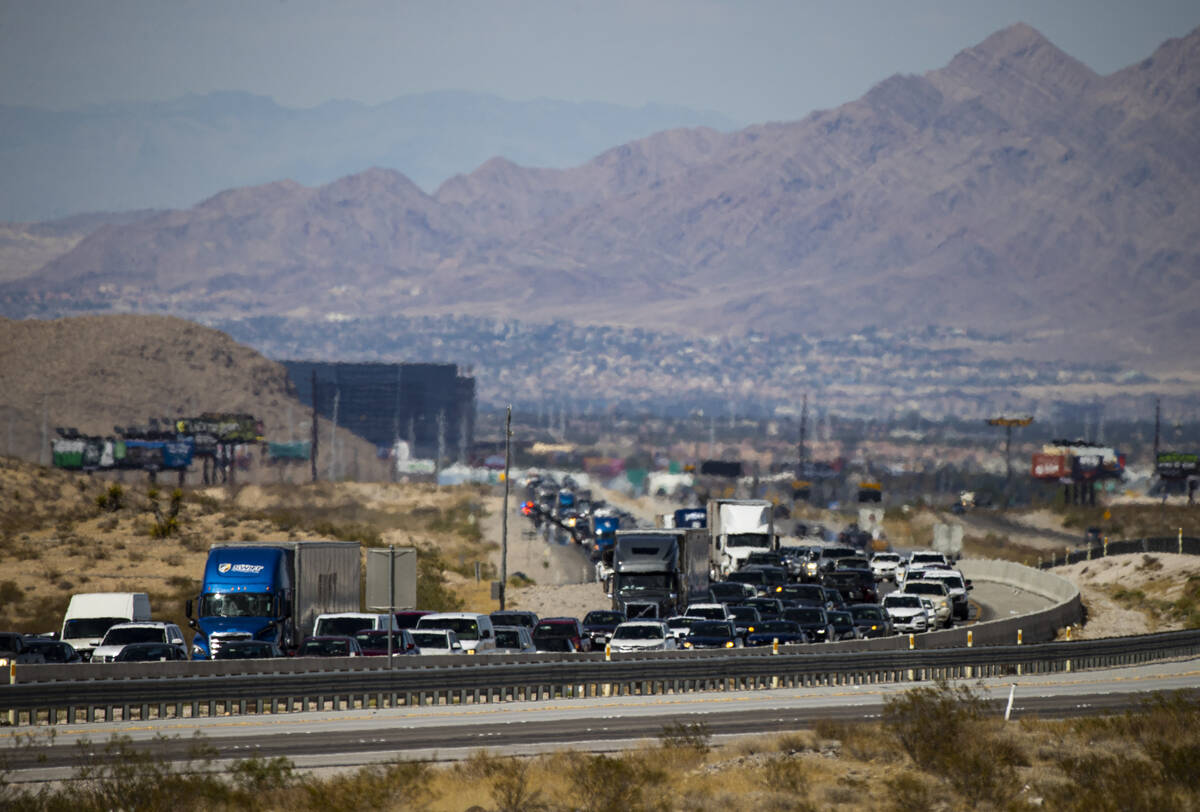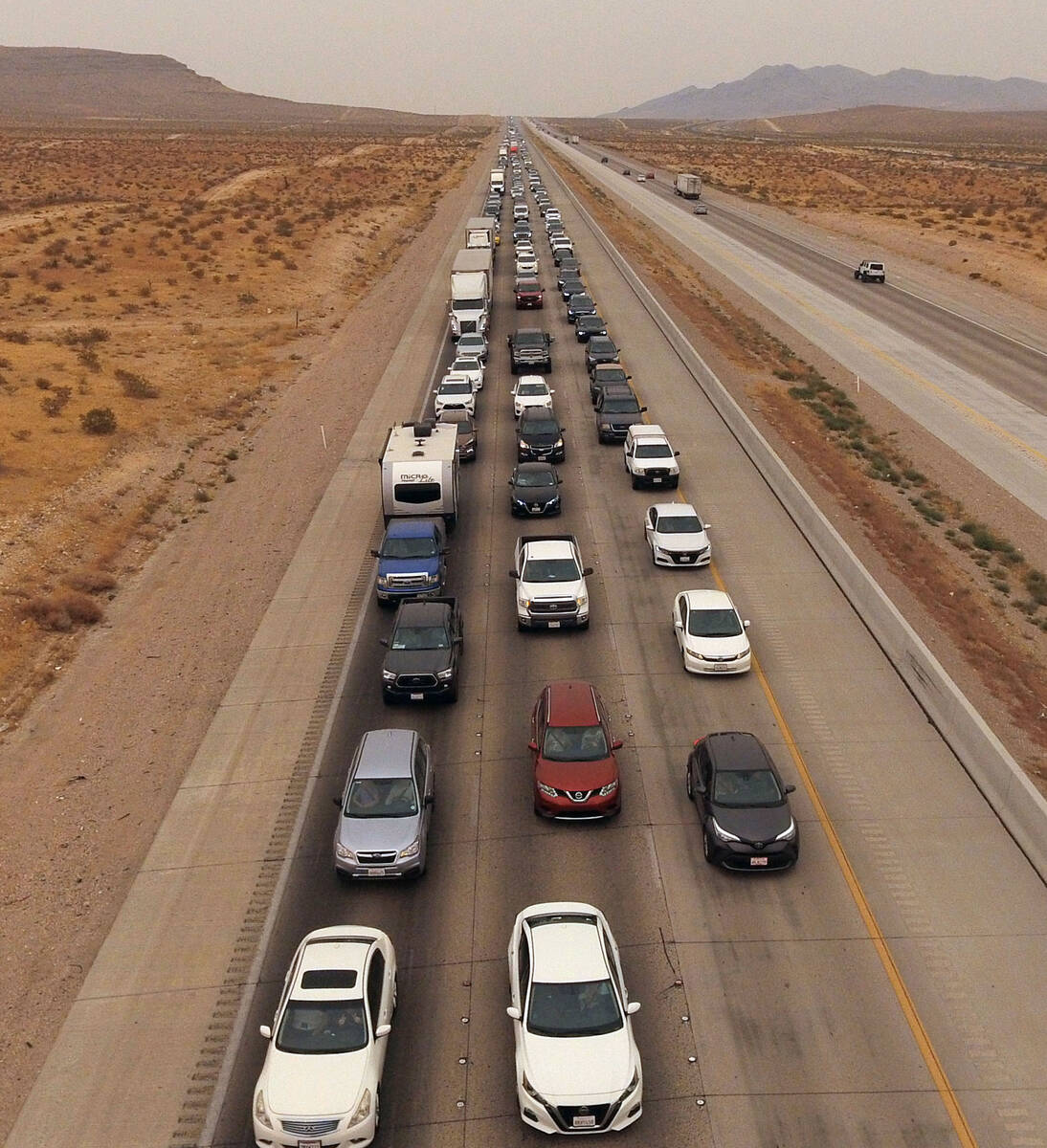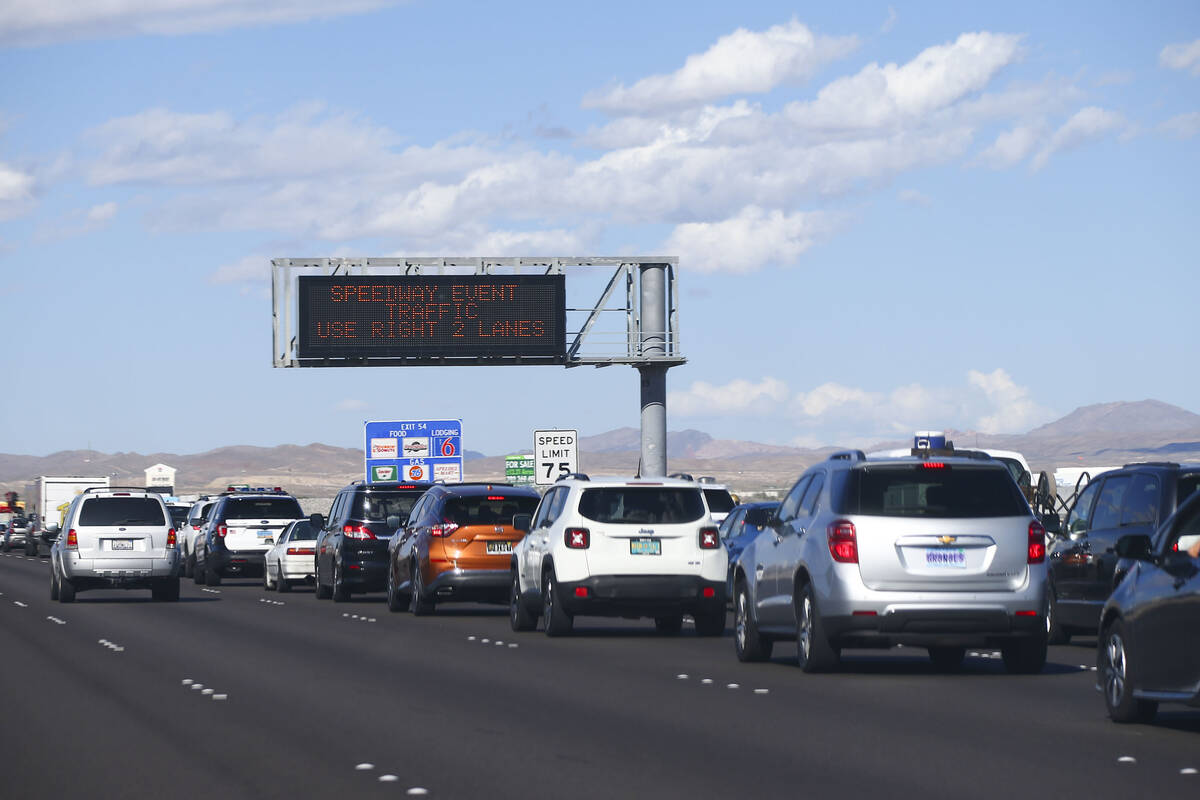Nevada to receive $2.5 billion from infrastructure bill
Nevada is pegged to receive $2.5 billion in funding for the state’s road projects after the passage and signing of the federal infrastructure bill.
President Joe Biden signed the federal Infrastructure Investment and Jobs Act legislation into law on Monday.
The funding bill will provide $2.5 billion to the Nevada State Highway Fund over the next five years, the Nevada Department of Transportation said in a Monday press release.
“This funding is incredibly important for building and maintaining the critical infrastructure that Nevada’s growing population requires,” said Nevada Department of Transportation Director Kristina Swallow.
“While our long-term transportation funding constraints still need to be addressed, we are pleased that this historic funding will put us on a better path to creating a more connected, sustainable and equitable future for all Nevadans.”
The federal funding will help the Silver State’s ability to maintain and build the state’s network of roads, highways and bridges, NDOT said.
“Over the next year, that will mean an additional $83.5 million, an approximate 21 percent increase, in federal transportation funding allocated to Nevada,” NDOT said.
“Funding will ultimately increase to $520.7 million in fiscal year 2026, a 31-percent increase over current funding, when the legislation expires.
“Also included in the transportation bill is funding for bridge preservation to help maintain the state’s more than 2,100 bridges amid a $171 million backlog in bridge preservation work statewide.”
As for what projects might come to life with the new federal funding, “NDOT will use publicly established transportation priorities developed within the One Nevada Plan to make performance-based decisions on future transportation projects and programs to support Nevada mobility, safety, jobs and economic development,” the state agency said in a release.
“Priorities include equitably meeting long-term needs of all transportation users such as bicyclists, motorists, pedestrians, and public transit users with a well-preserved, sustainable and safe state transportation system supporting the state’s economy.”



















